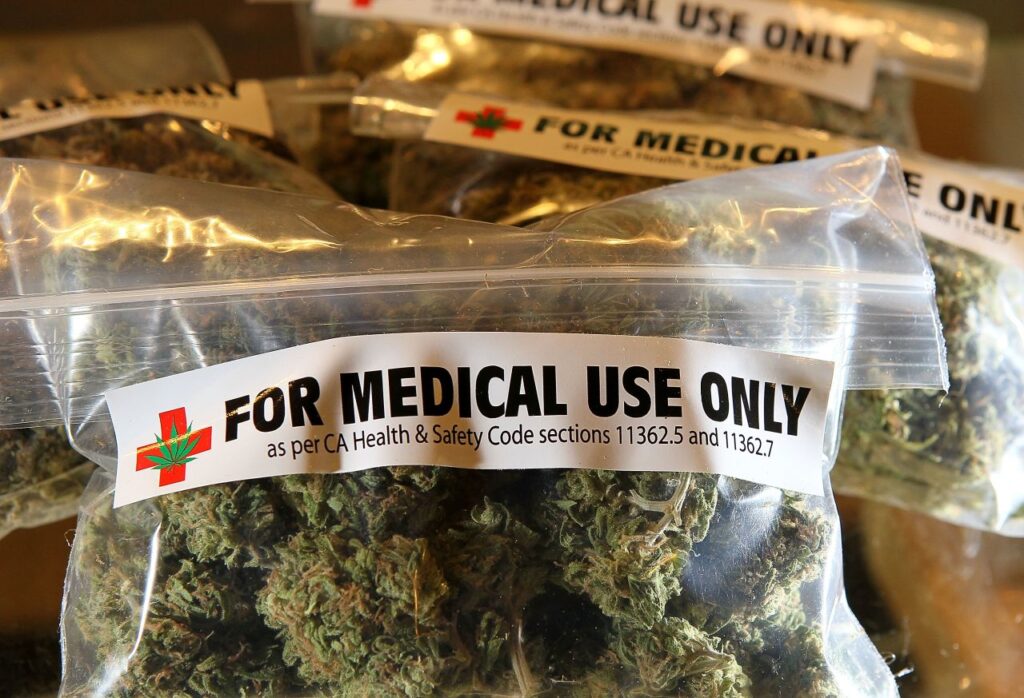Introduction
Medical marijuana has emerged as a valuable tool in modern medicine, offering relief for conditions ranging from chronic pain to anxiety and nausea caused by chemotherapy. However, as its popularity grows, so does the importance of responsible and ethical prescribing. Doctors play a central role in guiding patients safely through treatment, balancing therapeutic benefits with potential risks.
What Is Medical Marijuana?
Medical marijuana refers to cannabis used under medical supervision for the treatment of specific health conditions. Unlike recreational cannabis, which is consumed primarily for its psychoactive effects, medical marijuana is tailored to therapeutic purposes, often standardized in terms of CBD and THC concentrations.
Origins and Regulation
Cannabis has been used medicinally for centuries. Modern medical marijuana is highly regulated. In countries like the U.S., Canada, and Australia, patients typically need a prescription from a licensed healthcare provider. This ensures that cannabis is used safely, with monitored dosing and quality-controlled products.
How Cannabis Works in the Human Body
Medical marijuana interacts with the endocannabinoid system (ECS), a complex network that helps regulate:
- Pain perception
- Mood and stress response
- Appetite and digestion
- Inflammation and immune function
THC binds primarily to CB1 receptors in the brain, providing pain relief, appetite stimulation, and mood modulation. CBD works indirectly, influencing both CB1 and CB2 receptors to reduce inflammation, anxiety, and discomfort without producing a “high.”
Key Medical Uses and Benefits
Medical marijuana has proven effective in treating several conditions:
- Chronic Pain: Cannabis can reduce pain intensity from arthritis, neuropathy, or injuries, often decreasing reliance on opioids.
- Anxiety and PTSD: CBD-rich products may ease anxiety, promote relaxation, and improve sleep quality.
- Epilepsy and Seizure Disorders: Certain formulations, like CBD oil, can help control seizures in patients resistant to conventional therapy.
- Cancer-Related Symptoms: Medical marijuana alleviates nausea, vomiting, and appetite loss associated with chemotherapy.
Case studies show that carefully monitored cannabis therapy often improves quality of life and patient satisfaction.
See more: Northern Beaches Sleep Testing in Dee Why
The Role of Cannabinoids: CBD and THC
Understanding CBD and THC is crucial for safe prescribing:
- CBD (Cannabidiol): Non-psychoactive, reduces inflammation, anxiety, and chronic pain.
- THC (Tetrahydrocannabinol): Psychoactive, effective for pain and appetite stimulation but can cause mild euphoria.
Doctors often prescribe CBD-dominant products with minimal THC for seniors or those new to cannabis, ensuring safety and comfort.

Medical Marijuana in Modern Treatments (Real-World Examples)
United States
In states like California and New York, doctors specialize in cannabis care, providing tinctures, oils, and low-dose edibles for patients with chronic pain, PTSD, or chemotherapy-induced nausea. Clinics often monitor patients closely to adjust dosing and prevent side effects.
Canada
Licensed producers offer standardized products with clear CBD:THC ratios. Physicians oversee treatment plans, including gradual dose escalation, ensuring effective symptom management.
Australia
Through the TGA Special Access Scheme, doctors can prescribe cannabis-based medicines for specific conditions, such as chronic pain or palliative care, with ongoing patient monitoring.
Legal and Ethical Considerations
Physicians must navigate complex legal and ethical issues:
- Prescription Compliance: Only licensed providers can legally authorize medical cannabis.
- Quality Assurance: Prescribed products must meet regulatory standards.
- Patient Safety: Monitoring for interactions with other medications is essential.
- Ethical Prescribing: Doctors weigh benefits versus risks, ensuring that cannabis is used therapeutically, not recreationally.
Potential Risks and Side Effects
Medical marijuana is generally safe under supervision, but potential side effects include:
- Drowsiness or fatigue
- Dizziness or low blood pressure
- Mild dependency risk with high-THC products
- Interactions with other medications
Doctors usually recommend starting with low doses and adjusting gradually, tailoring treatment to each patient’s needs.
The Future of Cannabis in Medicine
The landscape of medical cannabis is evolving rapidly:
- Emerging Research: Studies continue to explore cannabis for pain, anxiety, sleep disorders, and neurodegenerative conditions.
- Policy Evolution: Changing laws are expanding access and improving safety standards.
- Increased Public Acceptance: Stigma is decreasing, encouraging open dialogue between patients and doctors.
As evidence and regulation improve, responsible prescribing practices will shape the future of medical cannabis in modern healthcare.
Conclusion
Medical marijuana offers substantial therapeutic benefits, but safe use hinges on responsible prescribing and ethical oversight. Doctors play a pivotal role in guiding patients, monitoring dosing, and ensuring adherence to legal and safety standards. When used appropriately, medical cannabis can significantly enhance patient quality of life while maintaining medical integrity.
FAQS
Eligibility depends on the patient’s condition, medical history, and previous treatments. Physicians evaluate risks, benefits, and potential interactions before prescribing cannabis therapy.
Yes, but it requires careful monitoring. Some drugs, like sedatives or blood thinners, may interact with cannabinoids, so doctors adjust doses or recommend alternative therapies.
The ratio depends on the patient’s condition and sensitivity. Doctors typically start with low THC and higher CBD for anxiety or sleep issues, adjusting gradually for optimal outcomes.
Yes. Doctors must avoid recreational misuse, ensure informed consent, monitor side effects, and comply with legal regulations to maintain ethical standards.

